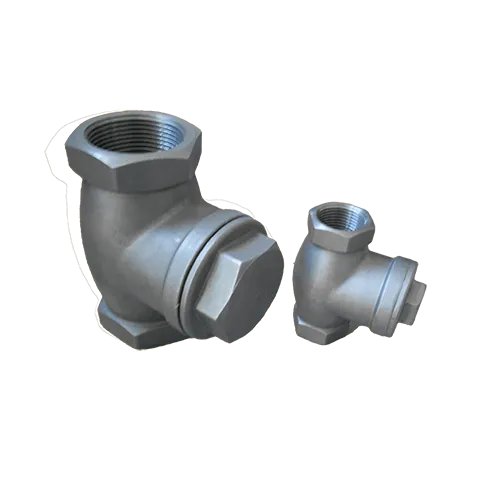Mobile:+86-311-808-126-83
Email:info@ydcastings.com
Various Methods Used in Metal Casting Techniques and Processes
Types of Metal Casting Processes
Metal casting is a crucial manufacturing process that involves pouring molten metal into a mold to produce a desired shape. It is widely utilized across various industries, from automotive to aerospace, due to its versatility and ability to create complex geometries. Various metal casting processes have evolved over time, each with its own unique advantages and applications. This article will discuss some of the most common metal casting methods, including sand casting, investment casting, die casting, and continuous casting.
Sand Casting
Sand casting is one of the oldest and most widely used metal casting processes. It involves creating a mold from a mixture of sand and a binding agent, typically clay. The mold is formed by pressing the sand mixture around a pattern, which is a replica of the desired object. Once the mold is created, the pattern is removed, and molten metal is poured into the cavity. Sand casting is favored for its cost-effectiveness and ability to produce large, intricate parts. It is particularly well-suited for low-volume production runs and is frequently used for manufacturing components like engine blocks and pump housings.
Investment Casting
Investment casting, also known as lost-wax casting, is a highly precise method often used for producing intricate parts with tight tolerances. The process begins with a wax pattern shaped like the final part, which is coated in a ceramic shell. Once the shell hardens, the wax is melted and drained away, leaving a hollow cavity in the shape of the part. Molten metal is then poured into the cavity. Investment casting is particularly advantageous for its surface finish and dimensional accuracy, making it ideal for industries such as aerospace, medical devices, and jewelry manufacturing.
types of metal casting processes

Die Casting
Die casting is a process where molten metal is forced into a mold cavity under high pressure. This method is primarily used for non-ferrous metals, such as aluminum, zinc, and magnesium. Die casting allows for the production of complex shapes with high precision and excellent surface finish. The process is particularly efficient for high-volume production runs due to its ability to produce large quantities of identical parts quickly. Its applications include automotive parts, electrical housings, and consumer goods.
Continuous Casting
Continuous casting is a process primarily used in steelmaking. In this method, molten metal is poured into a continuous casting mold and solidifies as it is pulled through the mold, forming a long strand of material. This strand is then cut to the desired length. Continuous casting is highly efficient and minimizes material waste, making it a preferred method for producing billets, slabs, and blooms in the steel industry. It allows for the quick production of large quantities and contributes to the cost-effectiveness of steel manufacturing.
In conclusion, metal casting encompasses a variety of processes, each tailored for specific applications and materials. Understanding these methods is essential for selecting the appropriate casting technique for a given project, which can optimize production efficiency, reduce costs, and ensure high-quality outcomes. As technology advances, these casting processes continue to evolve, offering even greater possibilities for manufacturing innovation.
-
Why Should You Invest in Superior Pump Castings for Your Equipment?NewsJun.09,2025
-
Unlock Performance Potential with Stainless Impellers and Aluminum End CapsNewsJun.09,2025
-
Revolutionize Your Machinery with Superior Cast Iron and Aluminum ComponentsNewsJun.09,2025
-
Revolutionize Fluid Dynamics with Premium Pump ComponentsNewsJun.09,2025
-
Optimizing Industrial Systems with Essential Valve ComponentsNewsJun.09,2025
-
Elevate Grid Efficiency with High-Precision Power CastingsNewsJun.09,2025











